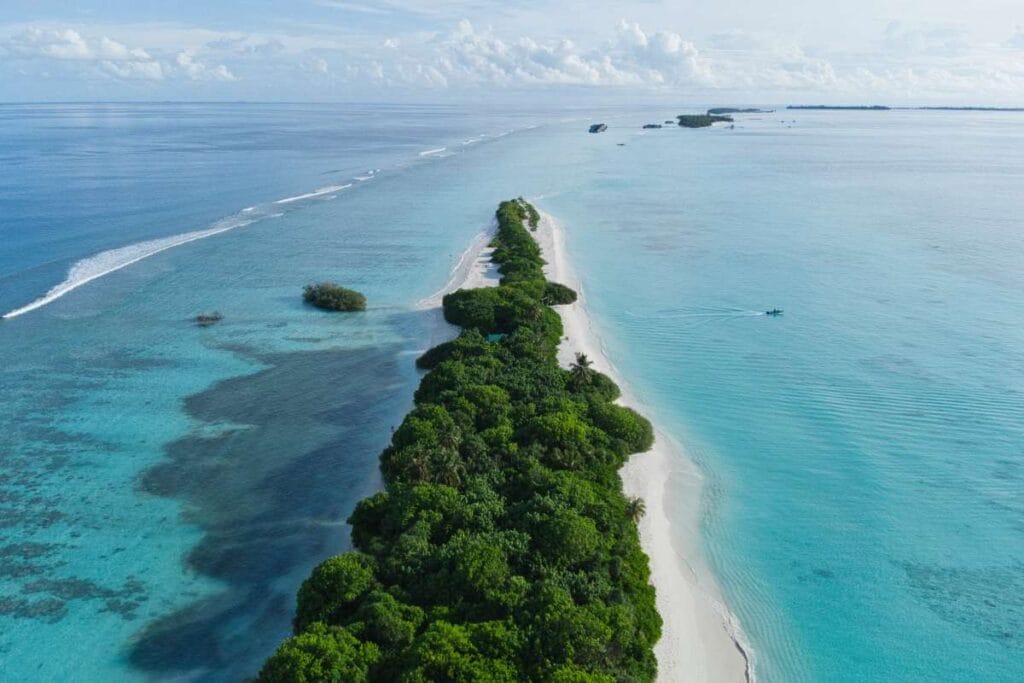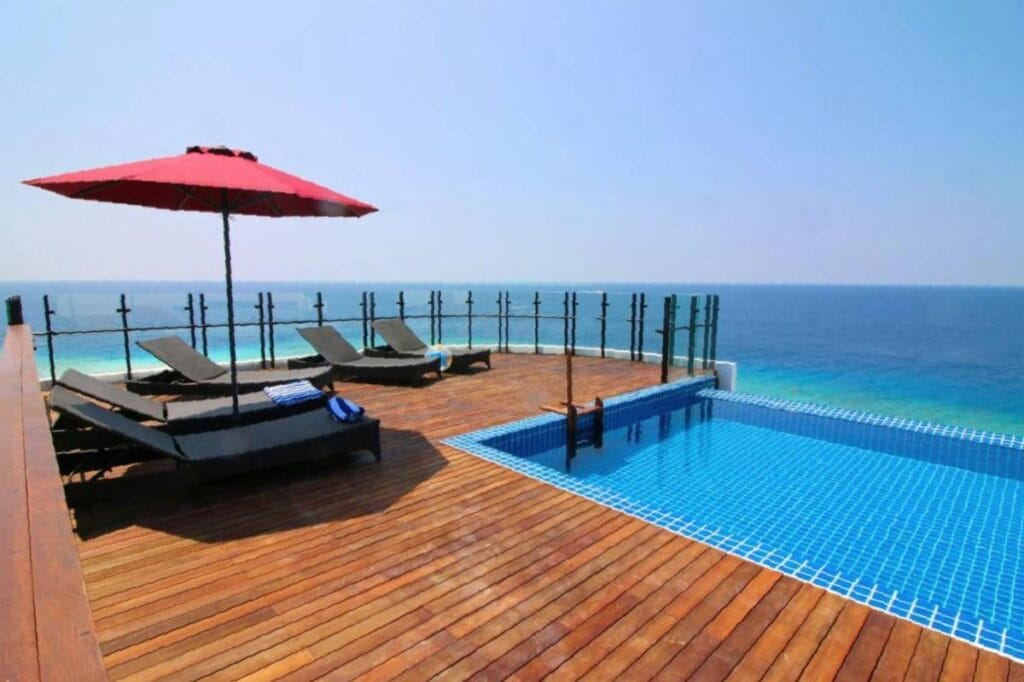Don’t Go to the Maldives without these 41 Travel Tips

Don’t visit the Maldives without these 41 must-know tips about travel, budgeting, local island life, packing, health and safety, and travel costs! After spending nearly two months island-hopping in the Maldives, here’s everything you need to know to plan your trip to the local Maldivian islands.
Money-Saving Tips
1. Plan and Book Early
The Maldives can be expensive, but early planning can save you money. Book flights and accommodations in advance to secure the best deals. This is especially important if you want to visit during the dry season, which is also peak season, as the best deals often sell out quickly.
2. Travel Off-Season
The weather in the Maldives is pleasant year-round. To save money, consider visiting during the off-season, from May to November, when flights and accommodations are often discounted and prices are at their lowest. Expect fewer crowds, sun and occasional rainfall is common during this time.
3. Cheap Flight Routes
Traveling doesn’t have to cost a fortune if you find budget-friendly options. From Asia, AirAsia offers affordable flights via Kuala Lumpur, while Wizz Air is ideal for European travelers connecting Europe to Malé via Abu Dhabi.
Examples of cheap direct flights include Malé from Kuala Lumpur (around $50), Colombo ($80), and Abu Dhabi ($80).
4. Local Islands & Budget-Friendly Guesthouses
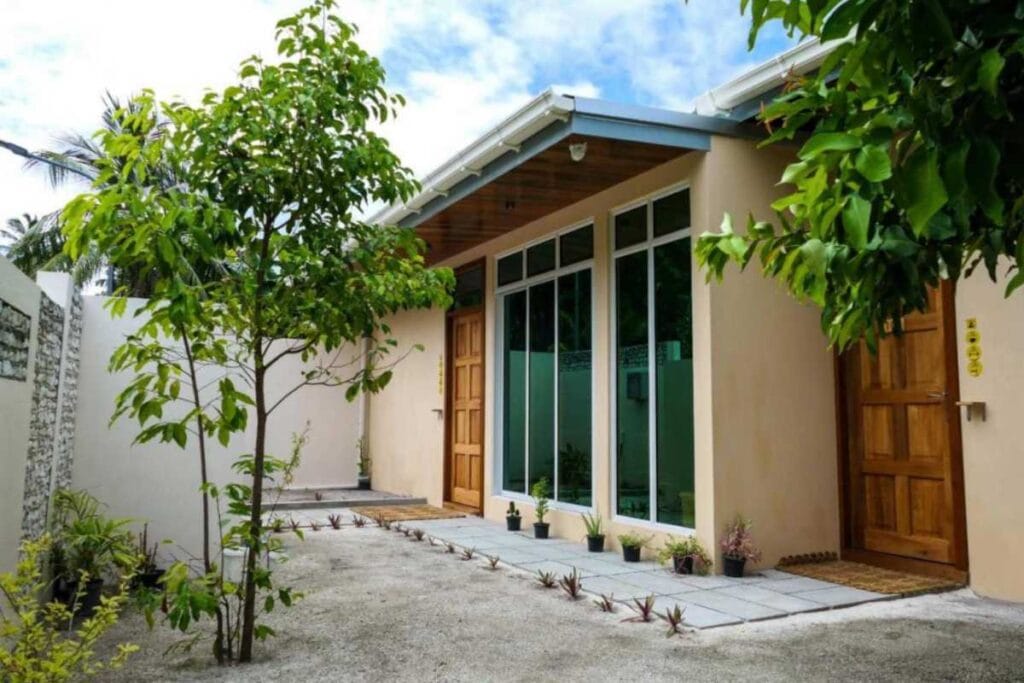
Save money by staying on local islands instead of private resort islands. Guesthouses on local islands offer affordable accommodations and a more authentic experience compared to resorts that can cost hundreds of dollars per night.
5. Bring Local Currency
The local currency in the Maldives is the Maldivian Rufiyaa (MVR), and 1 USD is approximately 15 MVR. While USD and Euro are accepted and sometimes the only option, paying in MVR is preferable when possible, such as at supermarkets, cafes, restaurants and local ferries. Bring local currency to eat and shop where locals do, as prices are usually much cheaper there.
6. Save on Money Exchange
Exchange your USD/EUR cash at an unofficial exchange shop in Malé for a better rate than at the banks. We had good experiences with a place near the local ferry jetty, next to The Corner Snack Bar, where the rates were better than anywhere else in Malé. Be aware that ATMs charge a fee for each withdrawal, and the exchange rates are not as favorable as those at exchange shops. We saved around 20 EUR each time by exchanging at the mentioned place.
Only exchange what you need and bring some USD/EUR for other expenses. If you have leftover MVR at the end of your trip, you’ll need to exchange it here again, as the airport bank only provides USD/EUR if you exchanged with them originally. We always made sure to use all our MVR during the trip and sometimes switched to Euros in the final days once we ran out of Maldivian currency.
If needed, some local islands have Bank of Maldives ATMs. However, keep in mind that exchange rates and transaction fees may not be favorable.
7. Eat Where Locals Do
Local restaurants are more affordable and serve authentic food. Look for reviews on Google Maps and avoid places that don’t display prices in MVR, as they’re likely only for tourists.
8. Included Breakfast
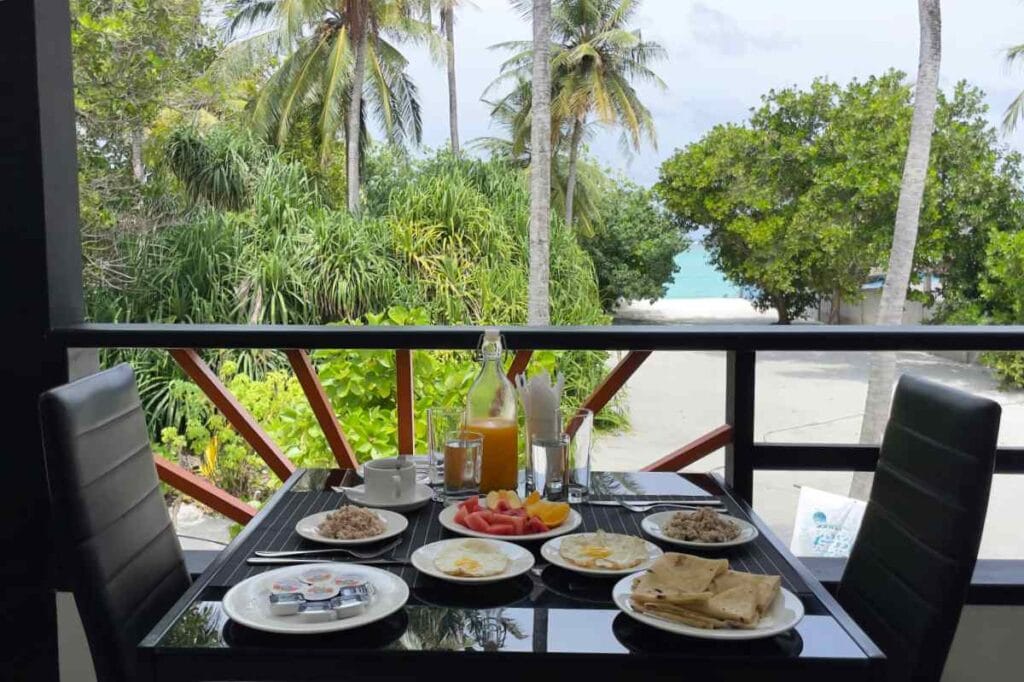
Breakfast is often included in the room price in the Maldives. However, we always double-check this before booking, as we enjoy having a free breakfast each morning. It’s a great way to start the day without having to head to a café and spend extra money.
9. Pack Snacks
Save on meals, especially during transfers or on remote islands, by bringing snacks or instant noodles. Before all our trips to the local islands, we always restocked at the STO People’s Choice Supermarket (cheapest prices) in Malé.
10. Free Drinking Water
Nearly all accommodations offer free water refills. Bring a reusable water bottle to avoid buying bottled water.
11. Use Public Ferries

Use the public ferry system for island hopping. It costs only a few dollars, compared to the much pricier speedboats or seaplanes. Plan ahead and be sure to check the schedules on the MCTT website in advance, as the ferries don’t operate daily.
Maldivian local ferries are frequently delayed and can even be canceled at the last minute due to weather conditions. If your ferry is canceled in the morning (as they usually all depart in the morning), you can still try to take a morning or afternoon speedboat to your desired location.
12. Snorkel Gear

Bring your own snorkel gear to save on the rental fee.
13. Free Activities
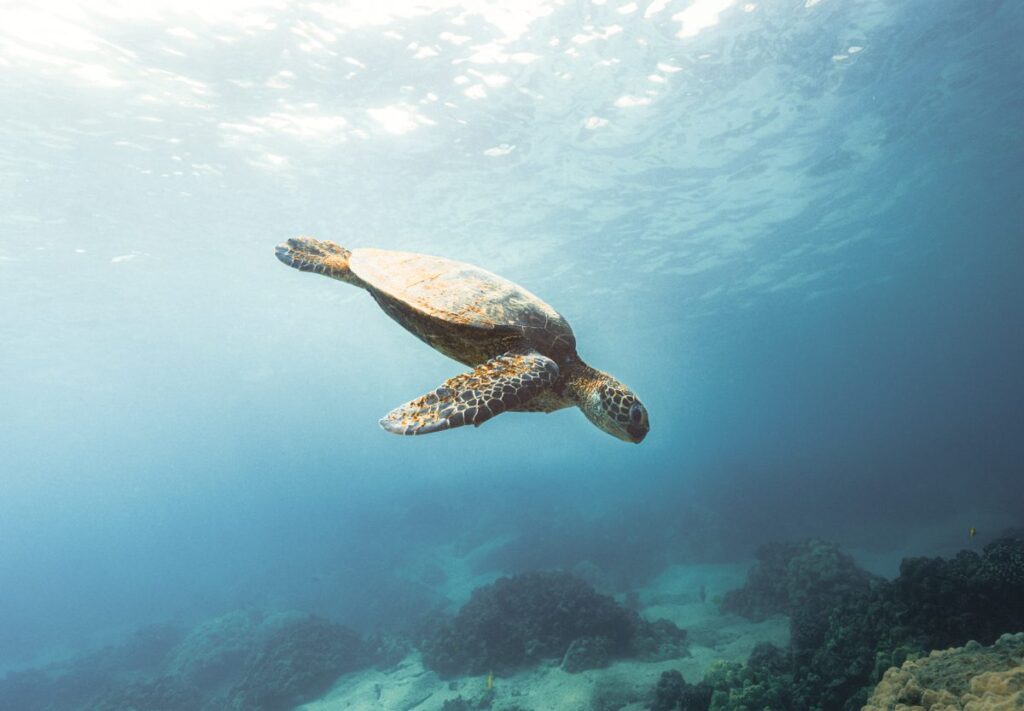
Explore free alternatives to paid excursions on different islands. Each island we visited via local ferry had something unique to offer at no cost. We often noticed tourists from other islands visiting the ones we stayed on to enjoy the same activities we experienced for free, which were otherwise offered as excursions for up to $100 per person.
We prefer island hopping over staying on one island and paying for multiple trips to other islands. Here are some examples of free activities you can enjoy on different islands.
- Thoddoo: Snorkel with turtles for free.
- Mathiveri: Visit Picnic Island at no cost. The shipwreck trip is very affordable as it’s located close to the island.
- Feridhoo: Snorkel at one of the Maldives’ best house reefs for free.
- Dhigurah: Enjoy a free sandbank trip. Check the tides before walking to the tip of the island to access the sandbanks.
- Omadhoo: Snorkel with sharks and stingrays at the beach and pier for free.
- Fulidhoo: Observe stingrays for free at a designated observation point.
14. Travel with a Friend or Group
Share costs for accommodations and tours to significantly reduce expenses per person. If traveling solo, you could also ask others at your accommodation if you can join their tour.
15. Use a VPN for the Best Deals
With a VPN, you can change your virtual location and access exclusive prices available only in specific countries. We’ve already saved a lot on flights and accommodations by using a VPN, and we highly recommend NordVPN.
Save on flights and accommodations with NordVPN by changing your virtual location to access exclusive prices in specific countries.
Get up to 75% off 2-year plans + 3 extra-months
Travel Tips
16. Choose the Right Islands in the Maldives
Each island offers a unique experience, so consider what you’re looking for when planning your trip. For example, Dhigurah is perfect for beaches, sandbanks, and whale-shark encounters, while Feridhoo is known for its incredible house reef and minimal tourism. Check out our list of the 12 best local islands in the Maldives and choose wisely.
17. Choose the Right Itinerary in the Maldives
We highly recommend splitting your stay across different islands to experience more of the Maldives. Stay within the same atoll for island-hopping to save time and avoid transfers via Malé, which can be costly. If you have less than 10 days, we suggest staying in 1 atoll; for less than 20 days, stay in 2 atolls.
Depending on the islands you want to visit and how much time you have, choose one of our Maldives itineraies to make the most of your Maldives trip!
18. Thumb Rule About the Maldives
Here’s something we’ve learned about the Maldives: the farther you go from Malé, the more exclusive it gets, fewer tourists, more natural beauty, less development and more untouched places.
19. Why You Should Visit Now

It’s not because the Maldives is sinking, that will take much longer than the issue we’re highlighting. Local islands in the Maldives remain relatively untouched by mass tourism, but they’re gaining popularity every year.
In 2025, you can still enjoy remote islands like Feridhoo and Omadhoo almost entirely to yourself, with just a handful of tourists. However, we believe that in a few years, most islands will be more developed to accommodate larger numbers of visitors, leading to crowds similar to those in popular destinations like Thailand. Visit now while it’s still a hidden gem!
20. Understand the Maldives Seasons
Choose between the dry season and the rainy season depending on what’s most important for your trip. Dry Season (December to April): Offers the best weather for outdoor activities and crystal-clear water. Rainy Season (May to November): Features lower prices and fewer tourists, but some rain is expected. It’s still a great time to visit if you don’t mind occasional showers.
21. Visa Requirements
The Maldives generally offers a free 30-day tourist visa on arrival, with no prior application required. However, check the latest entry requirements for your nationality. Ensure you bring all necessary travel documents: a passport valid for at least six months beyond your stay, a return ticket, and a confirmed accommodation booking.
The 30-day visa can be extended at the Maldives Immigration office in Malé. Be sure to apply before your initial visa expires.
22. Book Accommodations Before Entering the Country
On our second visit to the Maldives, we discovered by chance at passport control that a booking is required before entering the country. We had only booked one night in Malé, intending to explore where the local ferries in the rainy season would take us the next day.
However, the authorities were not pleased and informed us that a longer reservation was needed at one of our destination islands. They usually deny entry to travelers without confirmed bookings. We were lucky to receive just a warning, but we wouldn’t take that risk again on a future visit.
23. Land and Stay Connected
Airalo is your go-to for affordable and convenient eSIMs, ensuring you stay connected seamlessly during your travels. What we love about eSIMs is that you’re connected immediately upon landing. You can choose and purchase your plan at home, and once you arrive, it will work right away.
Avoid high roaming bills with Airalo‘s affordable eSIMs. Stay connected wherever you travel from the moment you land.
Use the code AIRALOESIM10 for an additional 10% discount on all Airalo eSIMs.
Local Island Tips
24. Google Maps
Check out the Maldives on Google Maps! The islands are small, and by zooming in and exploring, you’ll discover cool spots, like the best places to snorkel. Don’t forget to open our free Maldives map pins in Google Maps and save them for your next trip. They include recommendations for the best things to do, places to stay, and where to eat.
25. Island Streets
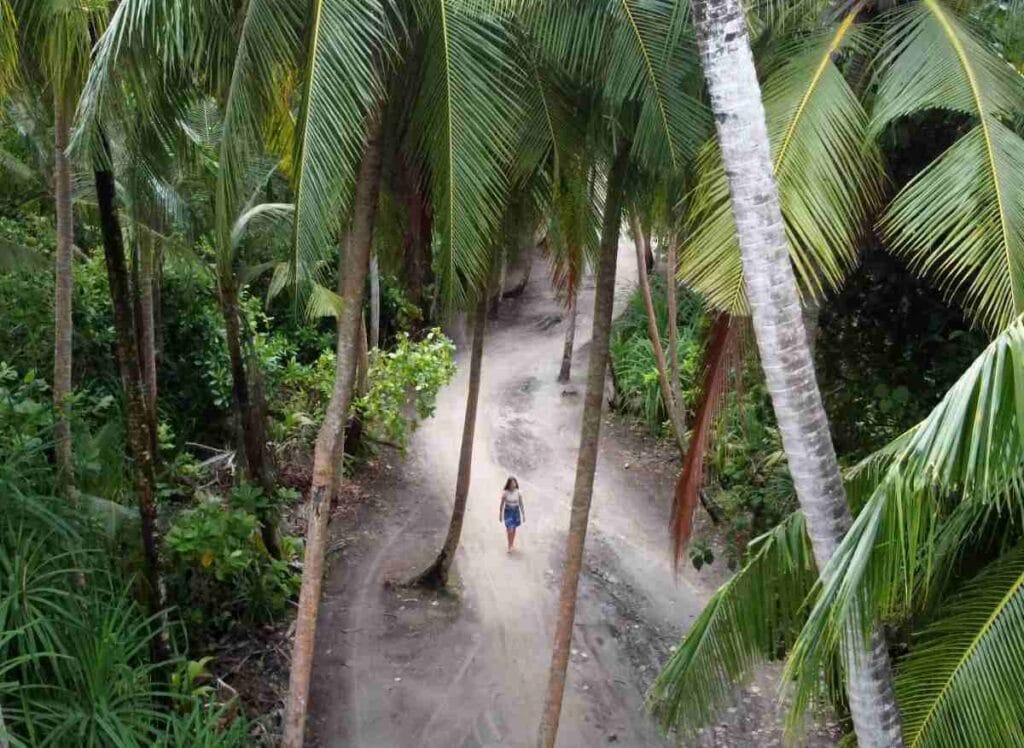
Maldivian islands are small, often with sandy streets, making walking the best way to get around. Everything is easily accessible on foot. For example: Dhigurah, despite being one of the longest islands in the Maldives, can be walked from one end to the other in about an hour. However, if you prefer, you can rent a bicycle from your accommodation for added convenience.
26. Accommodation
We love the local islands of the Maldives for many reasons, and one of them is the accommodations. We’ve never seen a place with such high ratings (9+) for all types of stays, including budget options. Even the lower-rated places are still good (8.5+). Check them out on Booking.com! And don’t forget to compare prices on Agoda.com for the best deals.
27. Food
In the Maldives, many accommodations include breakfast in the room rate. If given the choice between a continental or Maldivian breakfast, be sure to try the Maldivian option at least once. It typically features mas huni, a flavorful mix of tuna, coconut, onions, and lime, served with flatbread. It’s a delicious experience you won’t want to miss!
The cuisine in the Maldives is similar to Indian and Sri Lankan dishes, with fish, rice, curry, and coconut being common ingredients. Our favorite dishes were kottu and samosas. Be sure to check out our free Maldives map pins to find the best restaurants on various local islands in the Maldives.
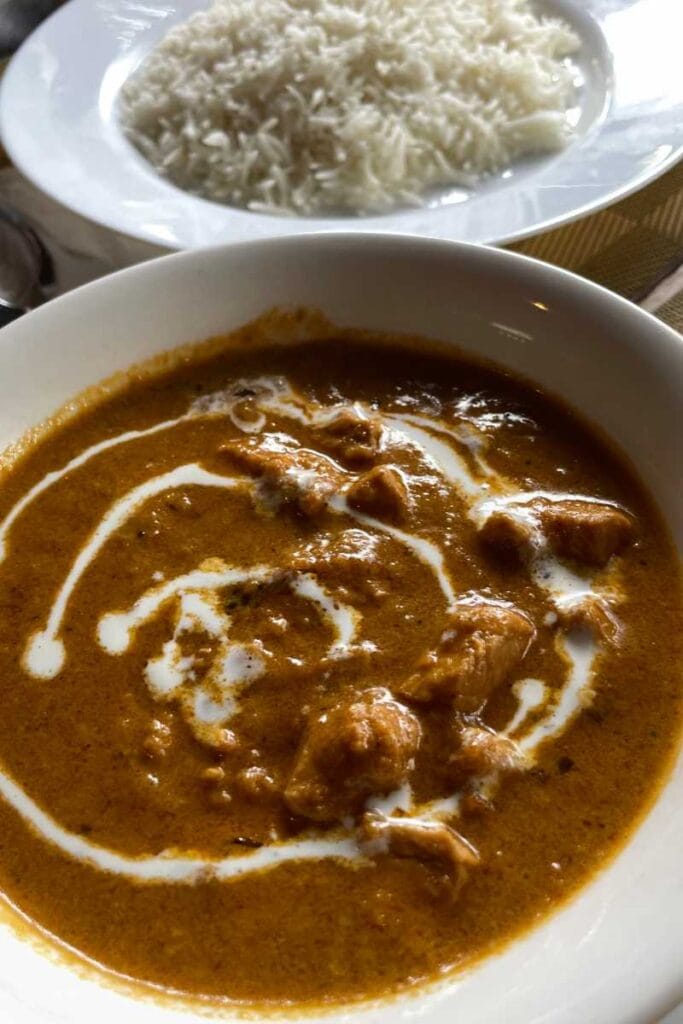
28. Infrastructure
Each local island in the Maldives has small shops offering essentials such as groceries, snacks, and souvenirs. There is usually a small health center that provides basic medical services to both locals and visitors.
Good to know for families: Every island has a playground at its harbor, which is very helpful when waiting for the ferry with children.
29. Cash is King
While some places accept credit cards, it’s wise to carry cash for smaller purchases and to avoid the 2-3% fee often charged for card payments. On local islands, cash is essential, as services like public ferries and local eateries only accept cash.
We recommend bringing cash (in euros or USD) from home and exchanging a portion of it for MVR. Be sure to check out our tip on saving money during currency exchange.
30. Taxes
The Maldives has a 12% tourism tax for services. You’ll need to pay these taxes at your hotel and most tourist restaurants. This is why we mostly ate at local eateries, where there are no tourist prices or extra taxes.
On our first trip, each accommodation we booked asked for the taxes to be paid in cash upon arrival. However, on our most recent trip, the taxes were included in the booking payment, which was much more convenient since the taxes can add up and require extra cash. When booking accommodation, be sure to check how they handle taxes, as each place does it differently.
31. Islamic Customs
The Maldives is a Muslim country and travelers need to respect Islamic customs. Alcohol is strictly prohibited, both for bringing into the country and for consumption.
Additionally, dressing conservatively is important, with shoulders and knees covered, especially for women, when walking around. Swimwear is only allowed at designated bikini beaches, which are marked on our free Maldives map pins.
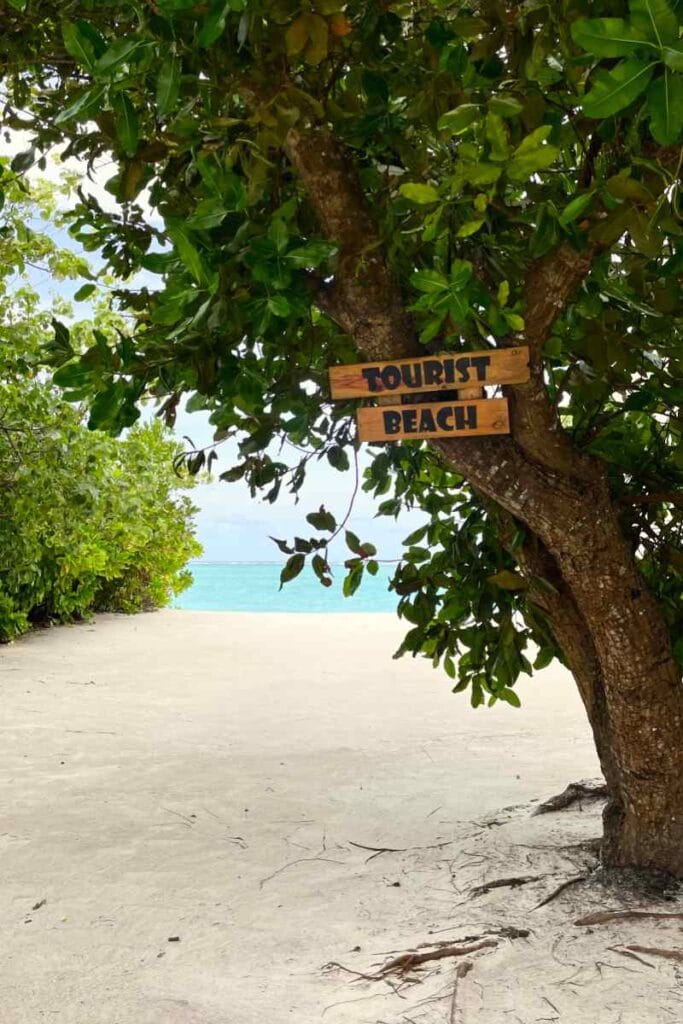
32. Eco-Friendly Behavior
As visitors to a country, we believe it’s important to be eco-conscious. For us, this means respecting marine life in the Maldives by not touching the coral or disturbing underwater creatures while snorkeling or diving.
We prefer to support locally owned businesses and contribute to the local community rather than international companies. We also make sure not to leave any trash behind and, whenever possible, help clean public spaces, such as beaches and jungle trails.
33. Travel Photography

For panoramic views, we love using our DJI Mini. The best time to capture breathtaking beach photos is during the golden hour (just before sunrise and after sunset), when the light is soft and warm. Please make sure to fly your drone only when no people are around and you won’t disturb anyone.
Packing Tips
34. Packing List
We always travel with our Deuter 40+10 liter backpack, which is lightweight, typically accepted as hand luggage, and perfect for any adventure trip. Here are our highly recommended travel essentials that we bring on most trips. For the Maldives, make sure to pack these items:
- Long & light clothing suitable for the tropical climate and Islamic customs
- Swimwear for the bikini beaches
- Footwear: sandals, flip-flops, or water shoes
- Sun protection: reef-safe sunscreen, hats & sunglasses
- Mosquito repellent
- Reef-safe toiletries
- Snorkeling gear, fins, GoPro & Waterproof bag
- Cash & credit cards
- Chargers & adapters
- Passport, travel insurance & flight + accommodation details
35. Pack Light
When we say “pack light” for the Maldives, we mean it in two ways. First, don’t bring too many clothes. The Maldives is a place to relax and unwind, so you won’t need much. Second, choose light-colored clothing. The Maldives is a hot destination with Islamic customs, so we recommend bringing loose, breathable, modest, and light-colored clothes that cover your shoulders and knees to respect local culture.
Wise‘s prepaid multi-currency credit card gives you the best deals for converting currencies, paying international bills & receiving money from abroad.
Health & Safety Tips
36. Safety
The Maldives is a safe destination for travelers. Locals are respectful and friendly, and we never felt in danger.
37. Stay Hydrated
The tropical climate can be very hot, so drink plenty of water throughout the day. If you spend a lot of time at the beach, go on boat trips, or visit sandbanks, don’t underestimate how much water your body needs.
38. Sun Protection
The sun in the Maldives is intense, so reapply sunscreen regularly to avoid sunburn. Since bikinis are only allowed at bikini beaches, we recommend bringing breathable, light-colored, loose clothing to protect yourself from the sun and to respect local customs.
39. Insect Protection
In green areas, jungle paths, or plantations, and especially as the sun sets, mosquitoes are common. Carry insect repellent to avoid bites.
40. Travel Insurance
Always get travel insurance that covers medical emergencies, cancellations and lost luggage. We’ve compared two of the best travel insurance providers on the market, Heymondo and SafetyWing, in our guide. Check it out to see which one suits your needs: Heymondo vs. SafetyWing Travel Insurance Comparison.
Travel stress-free with worldwide travel & medical insurance from Heymondo or SafetyWing. Our COMPARISON GUIDE covers pricing, coverage, support & unique features to help you make the right choice.
41. Vaccinations
Ensure you are up-to-date on routine vaccinations, and consult your doctor for any specific recommendations for the Maldives. Consider getting the latest Dengue vaccination, as Dengue fever can be a serious risk during tropical trips.
Maldives Travel Costs
Prices for accommodations, food, transportation and attractions vary depending on your choices. There are different options for backpackers and tourists on local islands, as well as for luxury travelers on private islands.
Backpacker on Local Island
- Accommodation: Guesthouse with breakfast for two – 30-80 USD
- Food: Meals and drinks for two at local eateries – 10 USD
- Transportation: Public ferry – 1-5 USD
- Attractions: Free activities or shared tours – 0-50 USD
Tourist on Local Island
- Accommodation: Hotel with breakfast for two – 80-150 USD
- Food: Meals and drinks for two at tourist restaurants – 40 USD
- Transportation: Scheduled speedboat – 20-100 USD
- Attractions: Shared or private tours – 50-150 USD
Luxury on Private Island
- Accommodation: Resort with breakfast for two – 400-1000 USD
- Food: Meals and drinks for two at resort restaurants with alcoholic drinks – 100 USD
- Transportation: Private speedboat & seaplane – 100-400 USD
- Attractions: Private tours – 100-300 USD
Related Articles
Who is Travelnania?

We’re Niki & Timo, a Swiss-Italian couple with a deep love for travel, nature and adventure.
Let’s Connect!
Plan Your Trip

Find here the best tools, free resources and our all-time essentials for traveling.
Best Travel Tools
Support Us
Enjoying these free guides? Support our work and help us create even more high-quality guides for you!
